African Union
The African Union's Continental AI Strategy sets the stage for a unified approach to AI governance across the continent.

Artificial intelligence (AI) has made enormous strides in recent years and has increasingly moved into the public consciousness.
Explore Trendscape Our take on the interconnected global trends that are shaping the business climate for our clients.
Increases in computational power, coupled with advances in machine learning, have fueled the rapid rise of AI. This has brought enormous opportunities, as new AI applications have given rise to new ways of doing business. It has also brought potential risks, from unintended impacts on individuals (e.g., AI errors harming an individual's credit score or public reputation) to the risk of misuse of AI by malicious third parties (e.g., by manipulating AI systems to produce inaccurate or misleading output, or by using AI to create deepfakes).
Governments and regulatory bodies around the world have had to act quickly to try to ensure that their regulatory frameworks do not become obsolete. In addition, international organizations such as the G7, the UN, the Council of Europe and the OECD have responded to this technological shift by issuing their own AI frameworks. But they are all scrambling to stay abreast of technological developments, and already there are signs that emerging efforts to regulate AI will struggle to keep pace. In an effort to introduce some degree of international consensus, the UK government organized the first global AI Safety Summit in November 2023, with the aim of encouraging the safe and responsible development of AI around the world.
Most jurisdictions have sought to strike a balance between encouraging AI innovation and investment, while at the same time attempting to create rules to protect against possible harms. However, jurisdictions around the world have taken substantially different approaches to achieving these goals, which has in turn increased the risk that businesses face from a fragmented and inconsistent AI regulatory environment. Nevertheless, certain trends are becoming clearer at this stage:
Businesses in almost all sectors need to keep a close eye on these developments to ensure that they are aware of the AI regulations and forthcoming trends, in order to identify new opportunities and new potential business risks. But even at this early stage, the inconsistent approaches each jurisdiction has taken to the core questions of how to regulate AI is clear. As a result, it appears that international businesses may face substantially different AI regulatory compliance challenges in different parts of the world. To that end, this AI Tracker is designed to provide businesses with an understanding of the state of play of AI regulations in the core markets in which they operate. It provides analysis of the approach that each jurisdiction has taken to AI regulation and provides helpful commentary on the likely direction of travel.
Because global AI regulations remain in a constant state of flux, this AI Tracker will develop over time, adding updates and new jurisdictions when appropriate. Stay tuned, as we continue to provide insights to help businesses navigate these ever-evolving issues.
The African Union's Continental AI Strategy sets the stage for a unified approach to AI governance across the continent.
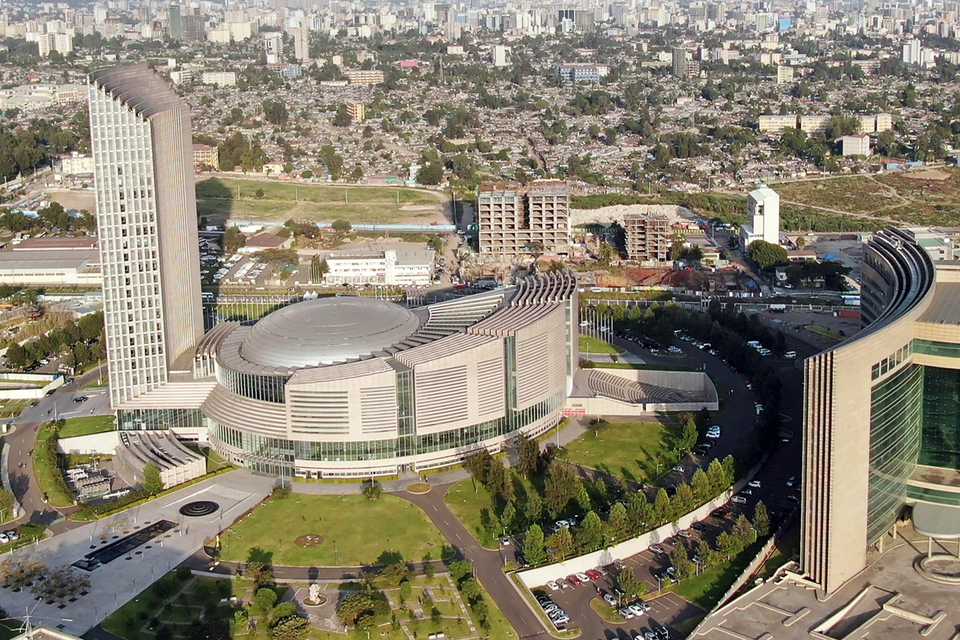
Voluntary AI Ethics Principles guide responsible AI development in Australia, with potential reforms under consideration.

The enactment of Brazil's proposed AI Regulation remains uncertain with compliance requirements pending review.

AIDA expected to regulate AI at the federal level in Canada but provincial legislatures have yet to be introduced.

The Interim AI Measures is China's first specific, administrative regulation on the management of generative AI services.

The Council of Europe is developing a new Convention on AI to safeguard human rights, democracy, and the rule of law in the digital space covering governance, accountability and risk assessment.
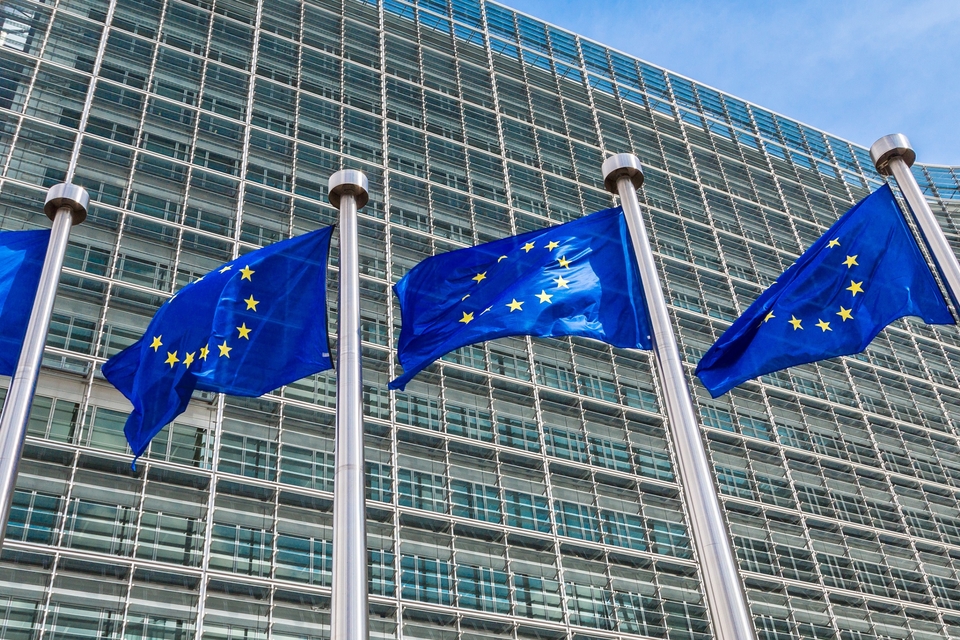
The successful implementation of the EU AI Act into national law is the primary focus for the Czech Republic, with its National AI Strategy being the main policy document.

The EU introduces the pioneering EU AI Act, aiming to become a global hub for human-centric, trustworthy AI.
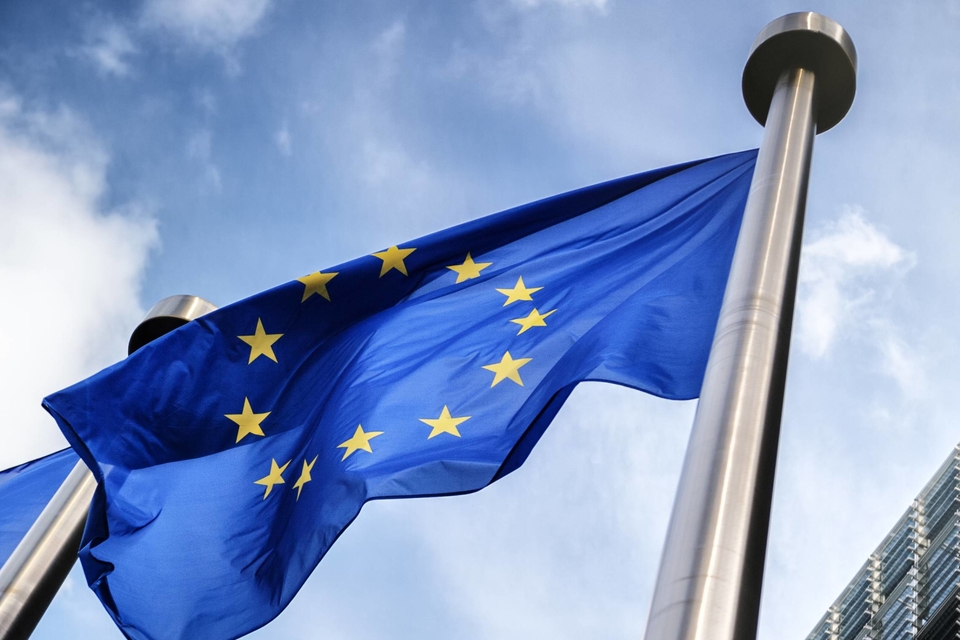
France actively participates in international efforts and proposes sector-specific laws.

The G7's AI regulations mandate Member States' compliance with international human rights law and relevant international frameworks.
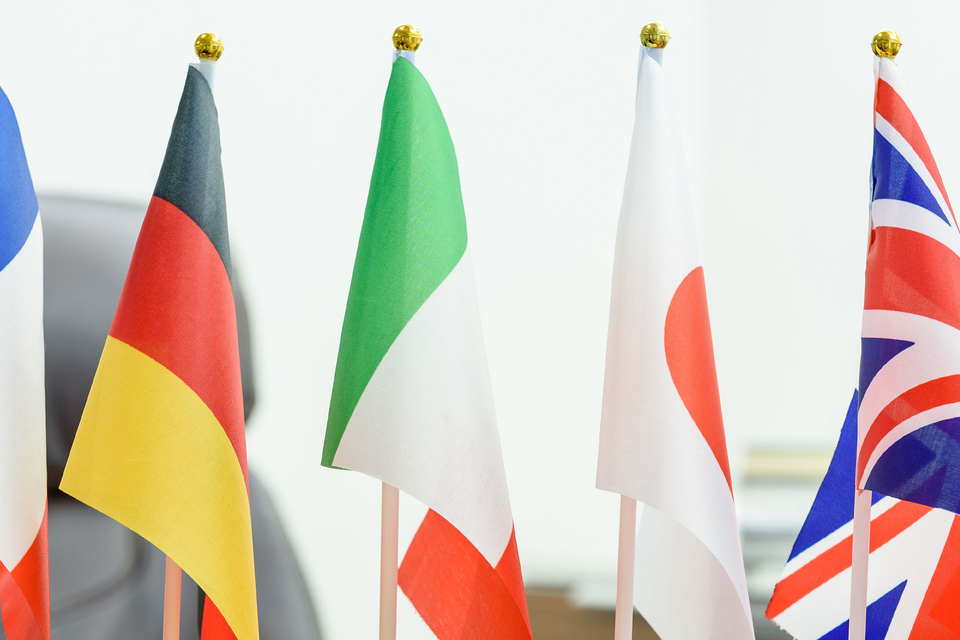
Germany evaluates AI-specific legislation needs and actively engages in international initiatives.

National frameworks inform India’s approach to AI regulation, with sector-specific initiatives in finance and health sectors.

Israel promotes responsible AI innovation through policy and sector-specific guidelines to address core issues and ethical principles.


Japan adopts a soft law approach to AI governance but lawmakers advance proposal for a hard law approach for certain harms.

Kenya's National AI Strategy and Code of Practice expected to set foundation of AI regulation once finalized.

Nigeria's draft National AI Policy underway and will pave the way for a comprehensive national AI strategy.

Position paper informs Norwegian approach to AI, with sector-specific legislative amendments to regulate developments in AI.

The OECD's AI recommendations encourage Member States to uphold principles of trustworthy AI.
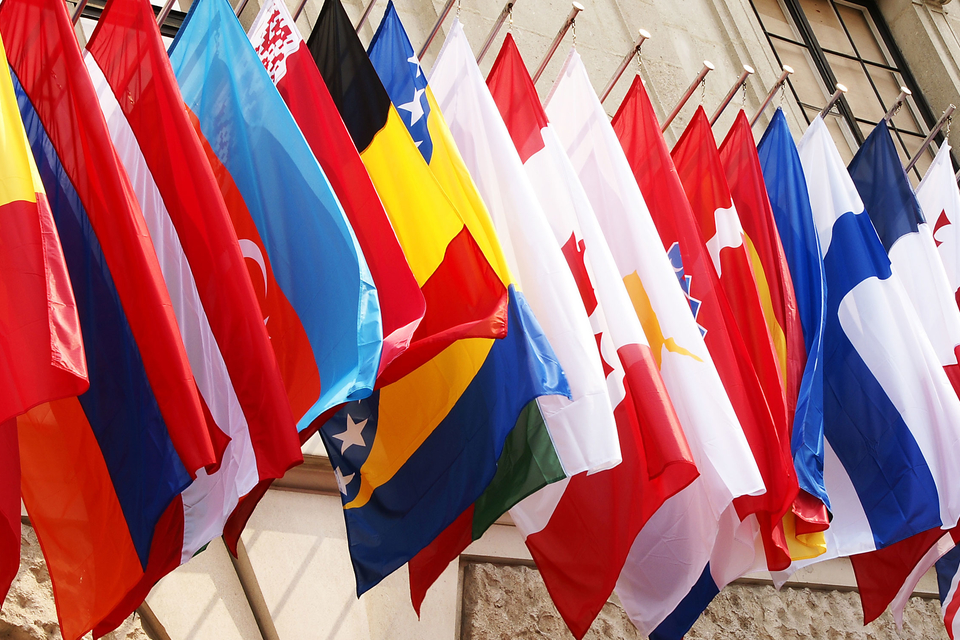
Saudi Arabia is yet to enact AI Regulations, relying on guidelines to establish practice standards and general principles.

Singapore's AI frameworks guide AI ethical and governance principles, with existing sector-specific regulations addressing AI risks.

South Africa is yet to announce any AI regulation proposals but is in the process of obtaining inputs for a draft National AI plan.

South Korea's AI Act to act as a consolidated body of law governing AI once approved by the National Assembly.

Spain creates Europe's first AI supervisory agency and actively participates in EU AI Act negotiations.

Switzerland's National AI Strategy sets out guidelines for the use of AI, and aims to finalize an AI regulatory proposal in 2025.

Draft laws and guidelines are under consideration in Taiwan, with sector-specific initiatives already in place.

Turkey has published multiple guidelines on the use of AI in various sectors, with a bill for AI regulation now in the legislative process.

Mainland UAE has published an array of decrees and guidelines regarding regulation of AI, while the ADGM and DIFC free zones each rely on amendments to existing data protection laws to regulate AI.

The UK prioritizes a flexible framework over comprehensive regulation and emphasizes sector-specific laws.

The UN's new draft resolution on AI encourages Member States to implement national regulatory and governance approaches for a global consensus on safe, secure and trustworthy AI systems.
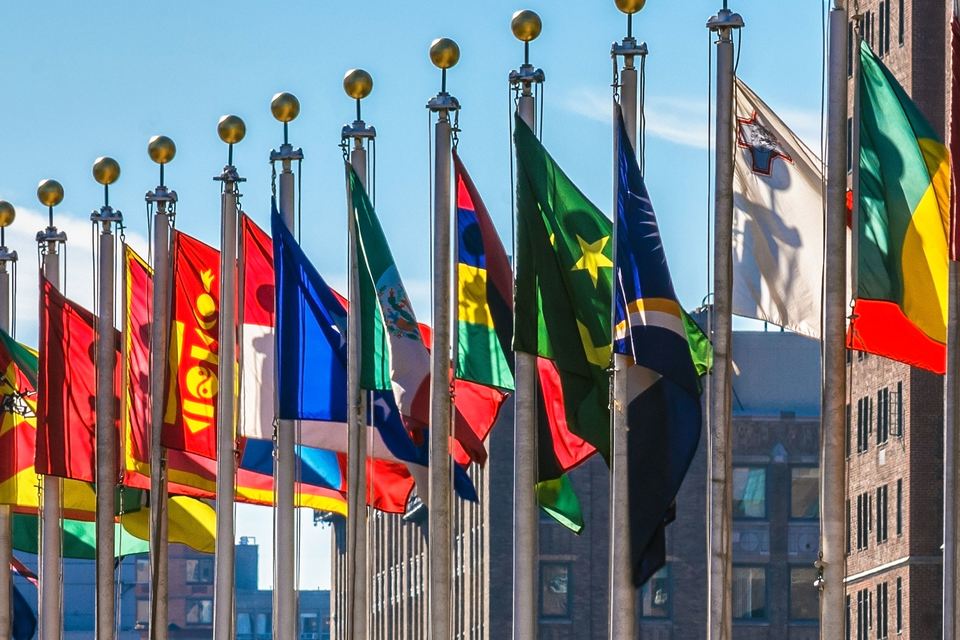
The US relies on existing federal laws and guidelines to regulate AI but aims to introduce AI legislation and a federal regulation authority.


Italy engages in political discussions for future laws.
Currently, there are no specific laws, statutory rules, or regulations in Italy that directly regulate AI, and Italy is not expected to enact its own general, far-reaching AI regulation. As for all EU Member States, the EU AI Act will be Italy’s central general and cross-sectoral AI legislation.
There are currently no sector-specific laws specifically regulating AI in Italy.
The EU AI Act is addressed separately here.
As noted above, there are no laws or regulations in Italy that directly regulate AI. However, since 2021, the Italian Data Protection Authority (DPA) has set up a specific organizational unit dedicated to artificial intelligence. In a recent statement of March 25, 2024, the Chairman of the DPA indicated that the authority possesses the necessary competence and independence to implement the European Artificial Intelligence Act, in line with the objective of ensuring a high level of protection on fundamental rights1. Furthermore, Italian courts and regulators have begun to interpret existing laws with regard to AI.
There are various laws that do not directly seek to regulate AI, but may affect the development or use of AI in Italy, such as:
Intellectual property laws that may also affect several aspects of AI development and use
As noted above, there are currently no specific laws or regulations in Italy that directly regulate AI. Accordingly, no definition of AI is currently recognized through Italian national legislation.
As noted above, there are currently no specific laws or regulations in Italy that directly regulate AI. Accordingly, there is no specific territorial scope at this stage.
As noted above, there are currently no specific laws or regulations in Italy that directly regulate AI. Accordingly, there is no specific sectoral scope at this stage.
The Italian Data Protection Authority has, nevertheless, issued guidance on the use of AI in several fields, such as:
Finally, the DPA carried out control activities on the so-called gig economy on the topic of deepfakes7 and smart assistants8.
As noted above, there are currently no specific laws or regulations in Italy that directly regulate AI. However, according to a 2019 judgment, algorithmic decision-making in administrative procedures must account for:
As noted above, there are currently no specific laws or regulations in Italy that directly regulate AI. Nevertheless, Italy’s highest administrative court has sought to address the issues relating to transparency, human oversight and non-discrimination in a 2019 judgement relating to algorithmic decision-making in administrative procedures.10
The Italian government also released the National AI Strategy (2022-2024), which identifies three areas of action, namely: (i) to strengthen expertise and attract talent in order to develop an AI ecosystem; (ii) to increase funding for advanced research in AI; (iii) to encourage the adoption and the application of AI, both in public administration (PA) and in productive sectors in general.11 The Italian government has also stressed the need to ensure, inter alia, greater clarity with respect to coordination with sector regulations, in particular banking and insurance. It also proposed a system of self-assessment by the companies of AI systems, through guidelines or a repository of examples, and supported the definition of burdens and obligations along the value chain of AI systems, especially for SMEs.
As noted above, there are currently no specific laws or regulations in Italy that directly regulate AI. Accordingly, there is currently no risk categorization of AI in Italy, except for those that are introduced by the EU AI Act.
As noted above, there are currently no specific laws or regulations in Italy that directly regulate AI. Nevertheless, and as noted above, Italy’s highest administrative court indicated that key compliance requirements include:
As noted above, there are currently no specific laws or regulations in Italy that directly regulate AI. As such, the regulation of AI is, for the time being, left to pre-existing regulators. Notably, the Italian Data Protection Authority has already intervened to regulate two AI companies for breaches of data protection regulation.
As noted above, there are currently no specific laws or regulations in Italy that directly regulate AI. The EU AI Act will establish the powers and penalties available to regulators of AI, but that detail is not discussed here.
In the interim, enforcement powers and penalties are set out in pre-existing legislation. The Italian Data Protection Authority, for example, has already used the enforcement powers at its disposal in several cases.
1 Statement of March 25, 2024, of the President of the DPA, who submitted observations to the Presidents of the Italian Senate and Chamber of Deputies and to the Prime Minister after the final approval of EU AI Act.
2 The Garante’s guidance on data protection when AI is used in healthcare.
3 See https://www.garanteprivacy.it/web/guest/home/docweb/-/docweb-display/docweb/9309458
4 See https://www.garanteprivacy.it/web/guest/home/docweb/-/docweb-display/docweb/9575877
5 DPA’s opinion no. 452 of December 22, 2021.
6 Decalogue of October 10, 2023.
7 Vademecum on deepfake as of December 2022.
8 DPA’s Advice on Smart Assistants, as of March 2021.
9 See Consiglio di Stato sez. VI, 13/12/2019, decision no. 8472.
10 See Consiglio di Stato sez. VI, 13/12/2019, decision no. 8472.
11 See the National AI Strategy (2022-2024). In terms of AI regulation, the National AI Strategy calls for a radical update in terms of: (i) strengthen the AI research base and associated funding; (ii) promote measures to attract talent; (iii) improve technology transfer process; (iv) increase the adoption of AI among business and PA, fostering the creation of innovative companies. The recent National AI Strategy also aims to align all IA policies related to data processing, aggregation, sharing and exchange, as well as to data security, with the National Cloud Strategy and with ongoing initiatives at the European level, starting with the European Data Strategy and the recent proposals for a Data Governance Act and a regulation on artificial intelligence.
White & Case means the international legal practice comprising White & Case LLP, a New York State registered limited liability partnership, White & Case LLP, a limited liability partnership incorporated under English law and all other affiliated partnerships, companies and entities.
This article is prepared for the general information of interested persons. It is not, and does not attempt to be, comprehensive in nature. Due to the general nature of its content, it should not be regarded as legal advice.
© 2024 White & Case LLP